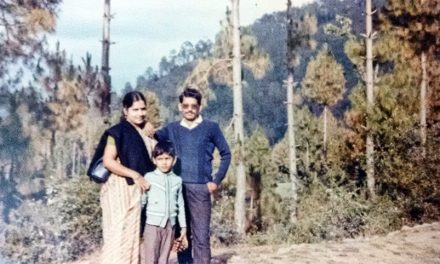For centuries, Hindus crowded the banks of the Yamuna for religious ceremonies. Today, no one can take a dip even on festivals because the river overflows with filth, effluents, dirt and even dead bodies. It is a sorry tale all the way from Haryana to Delhi to Uttar Pradesh, disappointing the religious minded in places like Vrindavan, Mathura and Agra in particular.
Reduced to a pale, sickly drain, the glory and grandeur of the 1,370 km long Yamuna – a tributary of the holy Ganges – that attracted the Mughals to build some of the finest monuments including the Taj Mahal and Babar’s Aram Bagh will perhaps be never restored. At least this is what residents living close to the Yamuna feel.
While the younger generation has generally stayed away from the stinking river that holds no charm for them, the elders do occasionally venture out to conduct ritualistic prayers and death rites or join community baths.
The dozen odd ghats along the riverfront in Agra that once was the centre of a thriving commercial activity and river culture have disappeared without a trace, reducing the 10-km stretch to a vast wasteland.
From Kailash temple near Akbar’s tomb Sikandra to Dussehra Ghat adjacent to the Taj, there were more than a score of good ghats, some made of red sand stones and others of marble. Behind the Red Fort there were ‘pucca ghats’ with highly decorative canopies for the royal women of the Mughals.
Some ghats fell prey to man’s indifference, others were razed by zealous bureaucrats at the late Sanjay Gandhi’s orders during the Emergency rule to make way for a picturesque river front like Mumbai’s Chowpatty. But before that dream could materialize, politics took a U-turn and Indira Gandhi was swept out of power in the 1977 elections.
Today, the Yamuna, representing India’s civilizational decadence, is an eyesore. Those who take the Yamuna Kinara road are often seen covering their noses due to foul odour of the stinking mess.
Goswami Hari Mohan Shrotriya of the Mathuradheesh temple goes nostalgic recalling old times.
‘Those were the days when the whole of Agra used to spend leisurely summer evenings on the river bank, which had a long row of temples, when children used to feed tortoises and cultural and religious activities used to be performed. Now, people have turned away and even forgotten there’s a river in the city,’ said Shrotriya. A wall has been raised along the bank to ensure that the passersby do not even have a glimpse of the river.
Hathi Ghat near the Agra Fort still survives but the whole area has been rampaged by transport companies, whose vehicles are parked there.
Nathi Lal of Katcheri Ghat warns: ‘If the ghats disappear, the river culture, the annual melas and tamashas, the tairaki (swimming contests) and the mass bathing programmes on festivals would vanish too.’
Lately, several NGOs in the city, galvanised into action by the Supreme Court’s monitoring committee, have been organising programmes, seminars, plays and cultural activities to remind Agra’s citizens of their responsibilities to keep the river healthy and pollution free.
Anil Shukla of Rang Leela who has organised several cultural events says: ‘A degree of people’s involvement is necessary.












i cannot thank you enough for publishing these articles . they are wonderful to populate my mind with the greatness of vedic philosophy. i just wish the artgicles should refrain from using the word “MYTHICAL” as the river did exist so it is not as myth..
similar usage is this word appear when referring to the Ramayan and the Mahabarat war i.e. the myth of the mahabarat War.
just an observation and again thanks for bringing me all these wonderfull articles.